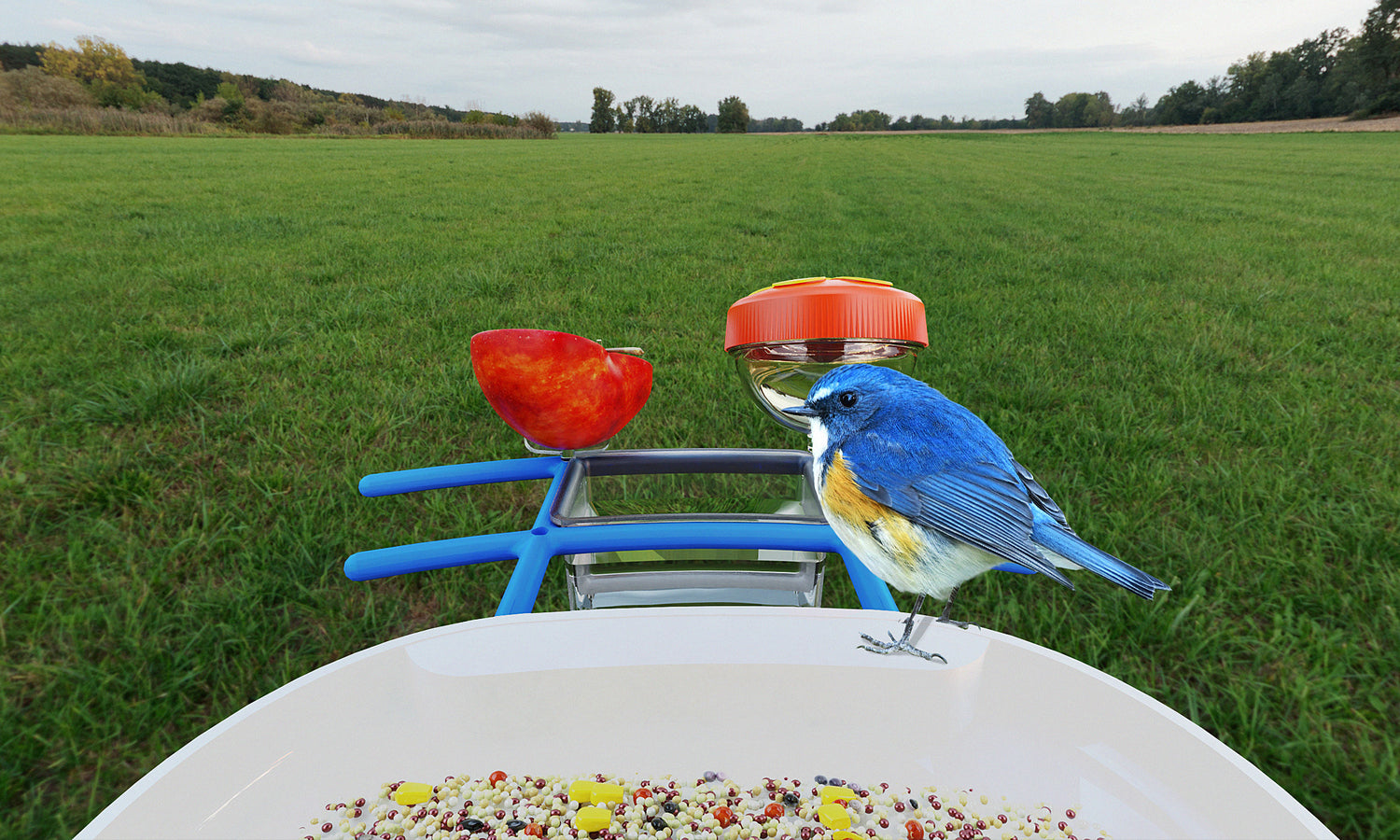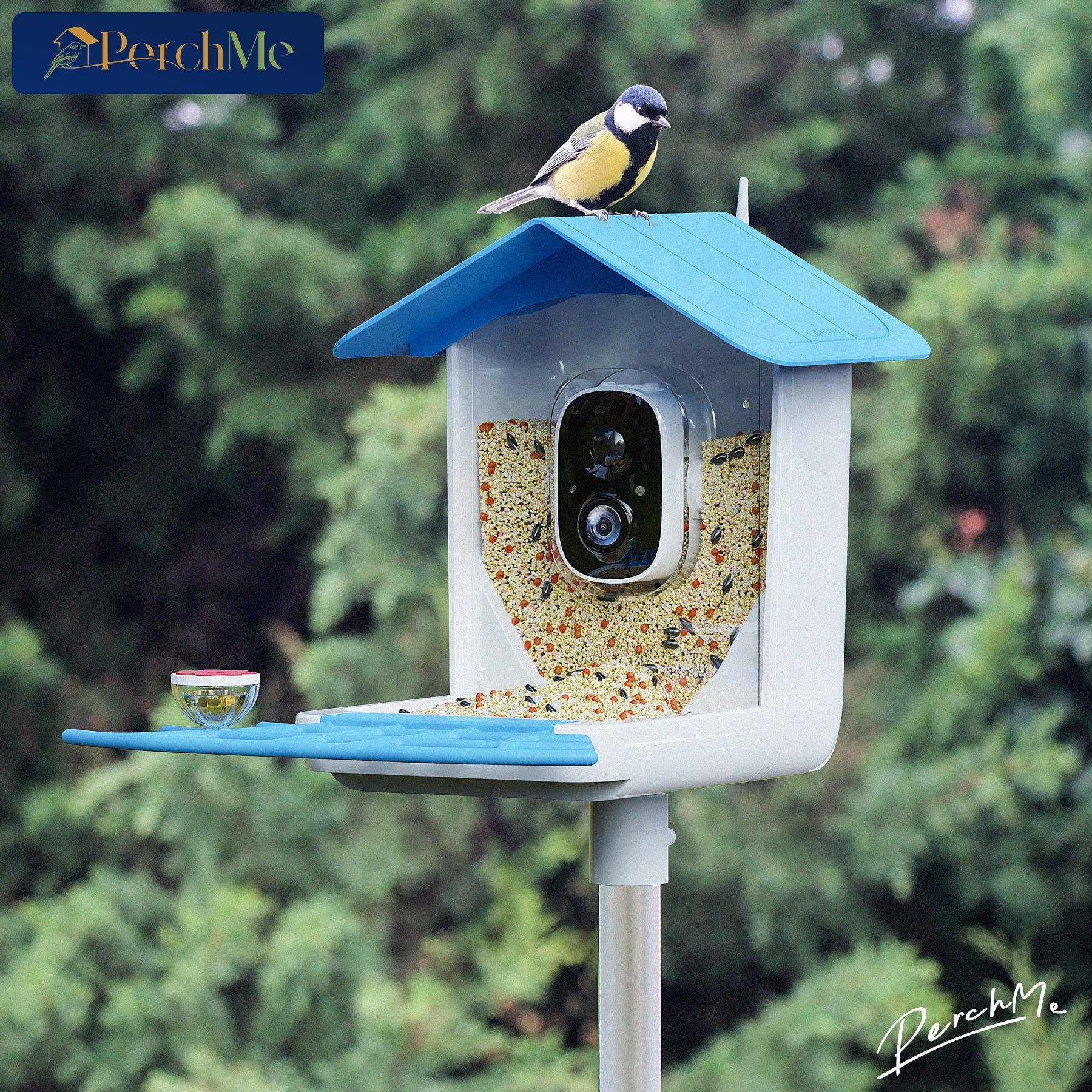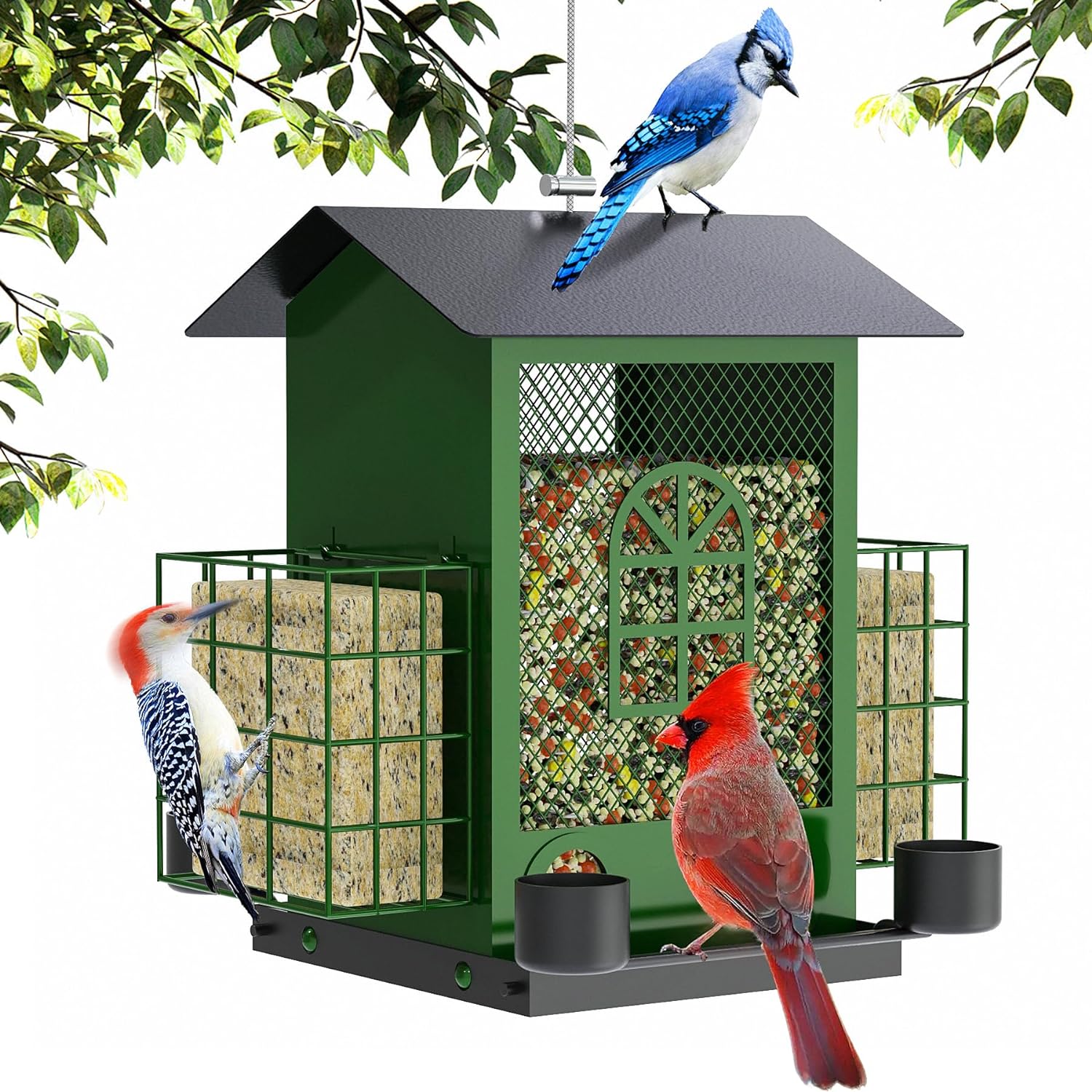Winter can be a challenging time for birds. As temperatures drop and food sources become scarce, these resilient creatures must find ways to survive until spring. Understanding what birds do in winter and how we can help them can make a significant difference to their survival during these tough months.
Bird Behavior in Winter
Birds employ various strategies to cope with the harsh winter conditions. Here’s a look at some of the most common behaviors:
-
Migration: Perhaps the most well-known strategy, many bird species migrate to warmer climates during the winter months. This journey can be incredibly long and perilous, with birds traveling thousands of miles to find suitable wintering habitats.
-
Feathering and Fat: Birds that don't migrate adapt by fluffing up their feathers to create insulating air pockets, which help keep them warm. They also put on fat in the fall, a crucial energy reserve that helps them generate heat and maintain their metabolism during the cold months.
-
Roosting: Many birds roost together in groups during the winter. This communal behavior helps reduce heat loss and increases the survival rate during extreme cold. Some species, like the European starling, can form large roosting flocks.
-
Torpor: Some species, particularly small birds such as hummingbirds, enter a state of torpor. This temporary hibernation-like state allows them to conserve energy by significantly lowering their metabolic rate.
The Importance of Bird Feeders in Winter
During winter, natural food sources like insects and berries can be hard to find. This is where bird feeders can play a vital role. Here are some benefits of maintaining bird feeders in winter:
-
Supplemental Food Source: Bird feeders provide a crucial supplemental food source. Seeds, suet, nuts, and fruits from feeders can help sustain many bird species when natural food sources are covered in snow or depleted.
-
Energy Conservation: By providing a reliable food source, feeders help birds conserve energy that would otherwise be spent foraging over large areas. This can be particularly vital during extreme weather when birds need to maintain their body heat.
-
Nutritional Variety: Different species have different dietary needs. Offering a variety of foods can cater to a diverse range of birds. For example, finches prefer thistle or nyjer seeds, while woodpeckers might be more attracted to suet cakes.
-
Observation and Monitoring: Our Perchme Smart Bird Feeders with camera also allow bird enthusiasts to observe birds up close and contribute to citizen science projects by monitoring which species visit their feeders and their condition throughout the winter.
Tips for Maintaining Your Bird Feeder for bird feeding and bird watching:
- Keep it clean: Regularly clean your feeders to prevent the spread of disease.
- Provide fresh water: A source of unfrozen water is incredibly beneficial.
- Place feeders strategically: Position feeders near natural shelters like bushes or trees to offer protection against predators.
- Be consistent: Once you start feeding, continue throughout the winter as birds will come to rely on your feeders.
By understanding the challenges birds face in winter and taking steps to help them through initiatives like maintaining bird feeders, we can contribute significantly to their survival and enjoy their presence all year round. Whether you're a seasoned bird watcher or a casual observer, your efforts can make a big difference.









Leave a comment
All comments are moderated before being published.
This site is protected by reCAPTCHA and the Google Privacy Policy and Terms of Service apply.